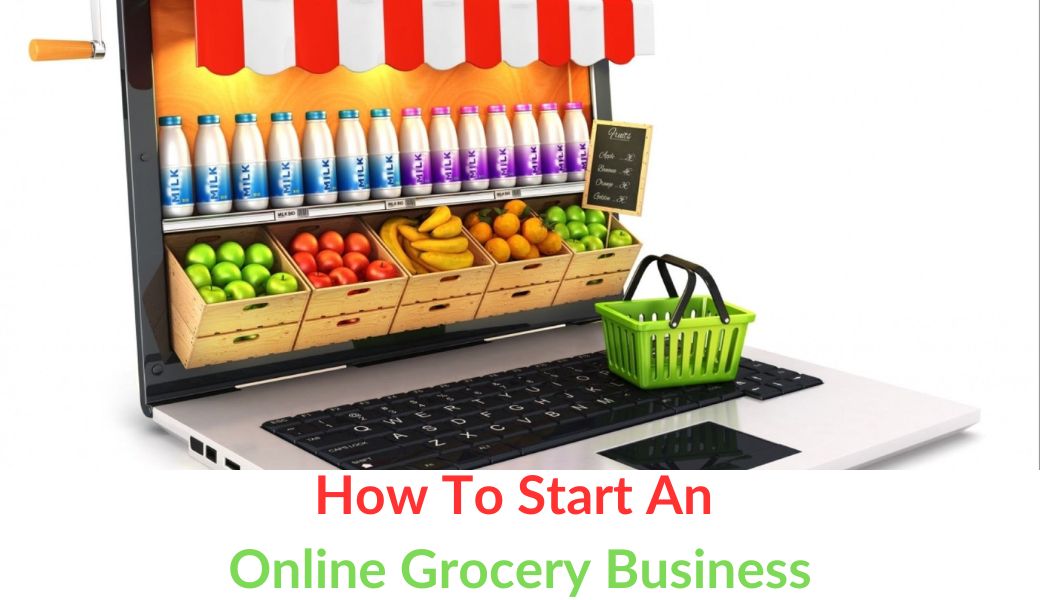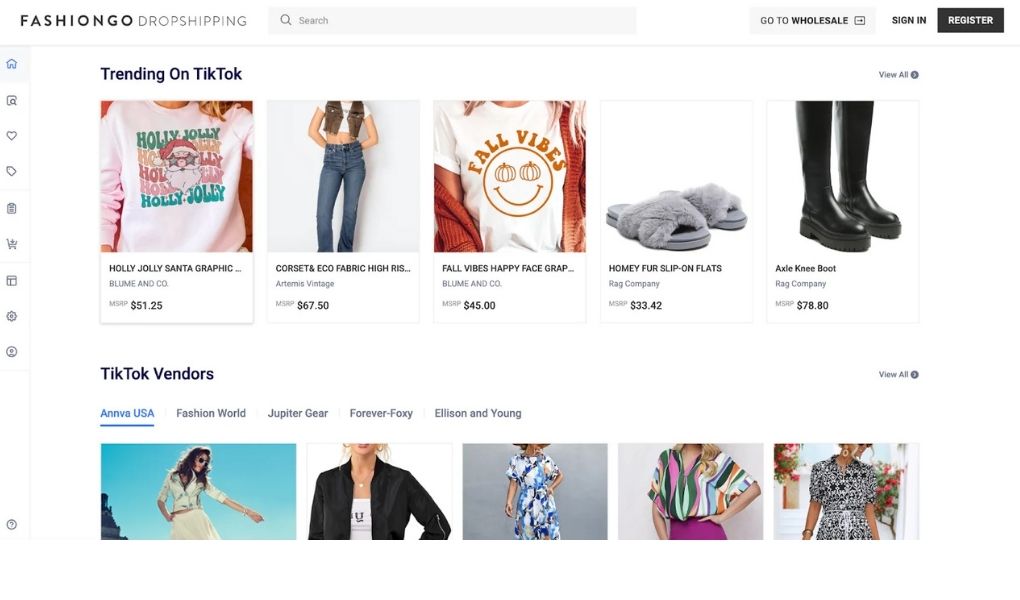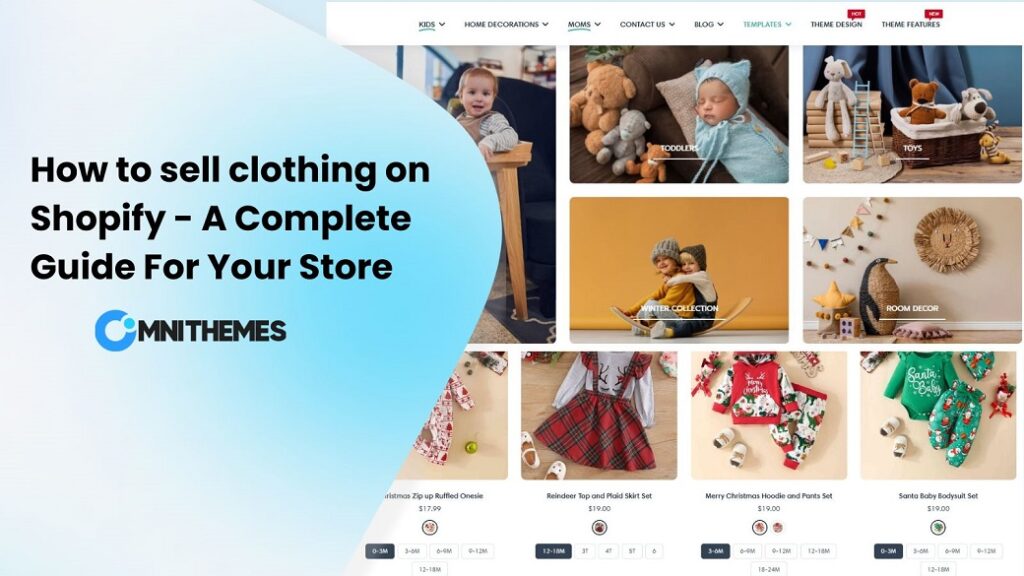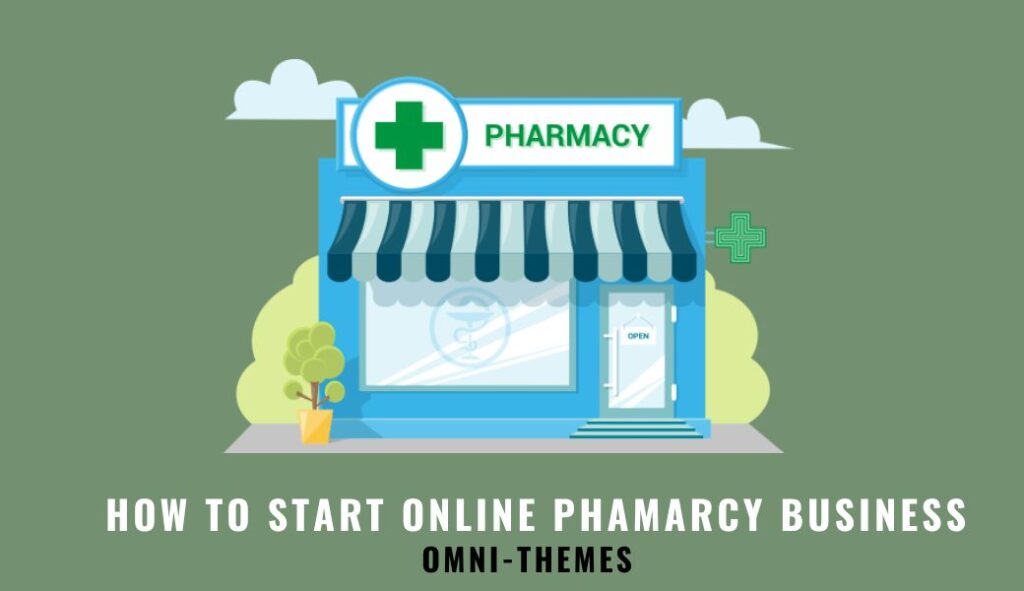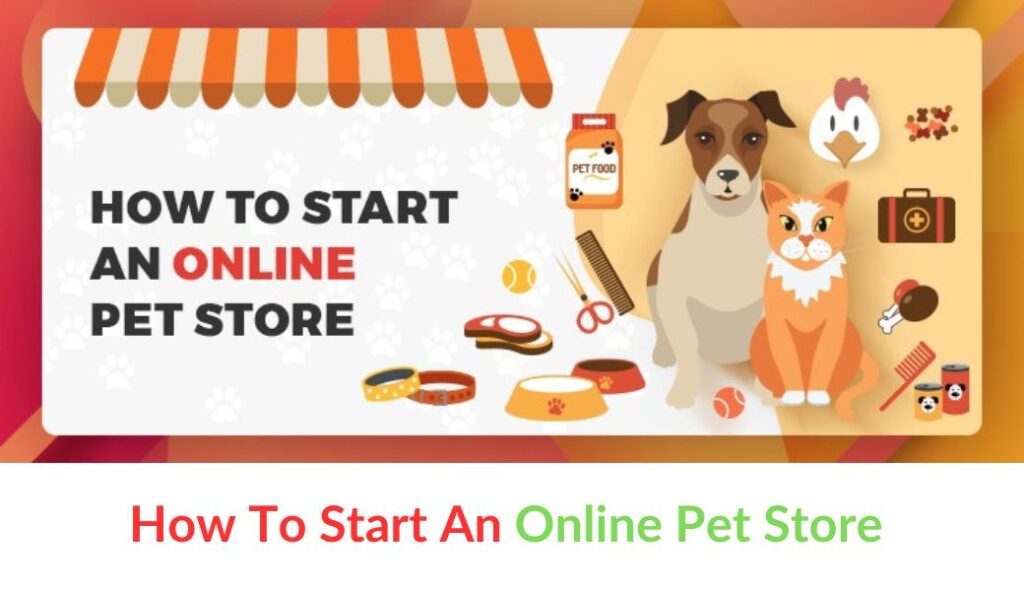Online grocery shopping is a new trend that quickly earns popularity among various shoppers worldwide. Starting an online grocery business requires a lot of setup, from food storage to supply chains, but it isn’t as complex as it may appear. When the process is broken down, each task is simple and manageable.
The goal of this blog is to help such entrepreneurs obtain a thorough grasp of how an online food marketplace operates, various income channels, and crucial features, as well as beneficial suggestions and growth hacks to give them a competitive advantage.
I’ll walk you through everything you need to do to get started and keep your online grocery shop compliant, organized, and lucrative.
How to start an online grocery business from A-Z
Let’s take a detailed view at the steps you are required to take in order to establish an online grocery business from scratch:
Scan the competitors
The first step in creating a standout grocery brand is to identify something unique or in demand. Before you begin, you need to conduct research and have an understanding of the present online grocery business.
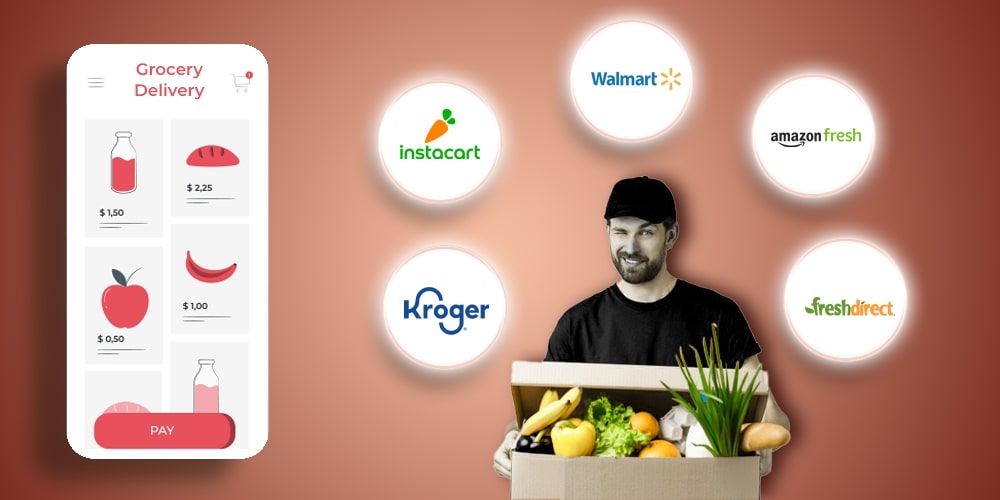
Examine your local rivals’ offerings to discover what they provide to their clients. Take notes on what makes them successful and how you may differentiate your own firm.
For example, if your location is exclusively served by big-brand grocery shops, focusing on being an independent store with locally produced products may be enticing. If your neighborhood is on the outside of a delivery zone and acquiring groceries takes time, you might try to concentrate your activities closer to home and provide more convenient delivery options.
You may also specialize and target a certain demographic, such as vegans and vegetarians, or focus on providing the cheapest produce or fastest delivery services in your region.
Establish a Business Plan
How to start an online grocery business? The next step is to establish a business plan including your objectives and tactics. Consider how you will earn money, what your costs will be, and how you will handle inventory. Don’t forget to add a list of marketing ideas that can help you connect with customers and grow sales.
With this research completed, you should have the foundations for a company concept, which you can now develop into a detailed business plan. Here, you may set out your strategy, identify the resources you’ll need, create financial plans, and predict probable bottlenecks and answers.
A clear and precise business strategy can help you keep on track as you go through the launch process, as well as get additional people on board if you require partners or finance. Here are some of the advice for you while conducting the business plan:
- Your strategy should include the following fundamental elements:
- Set a budget for marketing and advertising.
- Set a price system for your items and services.
- Select the appropriate e-commerce platform for your business.
- Include the following things: A synopsis of your company and its mission, a brief market study, a product list, a marketing strategy, and a financial plan.
Register your business officially
Once you have formed a solid business, now is the time to register it officially. The procedure of registering your business will vary depending on your area and the business structure you pick. Because an online supermarket has many moving components and requires collaboration with other organizations to source and distribute items, forming a Limited Liability Company (LLC) may be a safer alternative.
This structure will assist in safeguarding you and your personal assets if your firm incurs any penalties or legal actions. To start an LLC, you must file articles of formation with your Secretary of State and select a unique, identifiable name.
Furthermore, the thing you should consider in registering your grocery business is to study and secure the necessary licenses and permissions. The permissions you require will vary depending on your state, local government, and the specific things you wish to sell, but here are some frequent examples:
- Business license: To demonstrate that you are conducting business lawfully and in accordance with rules, the local government usually requires this.
- Food license: If you sell perishable food, you must obtain a food handling permit, which may require passing an exam and completing a food safety course.
- Alcohol sales permission: If your grocery shop sells alcohol, you must have an alcohol sales permit.
- Health department permit: You may need to comply with certain health and safety regulations and be subject to inspections in order to sell food goods.
Search for the wholesalers
Once your grocery company is formally established, you can begin selecting and sourcing the things you wish to provide. You most likely agreed on the key categories of goods and products to offer during the planning step, but now it’s time to identify brands and discover particular things.
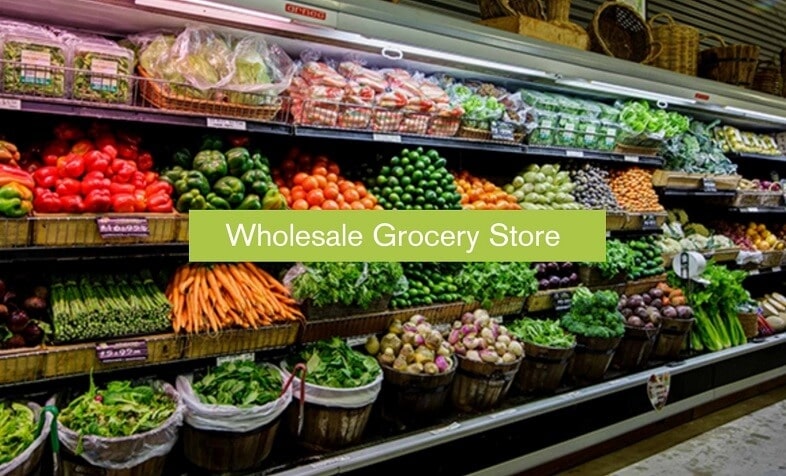
A grocery store must have a somewhat large assortment of items to make it worthwhile for a shopper’s time, but a new business must also be careful not to provide more than it can manage, which necessitates some compromise.
After you’ve determined what you’re searching for, you’ll need to find out where to get it. You may accomplish this by locating wholesalers and distributors who will sell you things in bulk, or you can purchase directly from manufacturers if possible.
You may need to look for wholesalers who cater particularly to small enterprises, as some sites may have minimum purchasing requirements that are beyond your budget. You may also collaborate with local food producers to acquire fresh food from a nearby region, which can assist in reducing your supply chain while also positioning your business as a supporter of local farmers and craftsmen.
Manage a Storage Facility
A dedicated food storage facility must satisfy specific specifications to guarantee that food is stored in an optimal environment in terms of temperature, ventilation, and cleanliness.
A typical food-grade warehouse will have dry storage, refrigerated or chilled storage, and frozen storage. You should also keep food on pallets to avoid any touch with the floor. Most online grocery companies use inventory software to help them arrange and count their items more quickly and effectively.
It is best for your new business to hire out food storage facilities that come pre-stocked with everything you need to begin keeping & preserving the food. When it comes to location, you don’t need your warehouse to be close to your place of business if you want to outsource or employ people to manage maintenance and cleaning. Instead, selecting a location in the center of your targeted catchment area can assist in reducing the average delivery path and increasing efficiency.
Form an official website
The next step is to set up an online storefront (or website) to publicize your arrival online. Begin by selecting an e-commerce platform that suits your requirements. Make sure it’s user-friendly and simple for people to navigate. Depending on your budget, there are several ways to create a website, including paying web developers to design and build it from scratch or utilizing a website builder.
You should notice that simple and clean website designs work well for grocery shops, and the majority of large chains utilize them. As the store owner, you can add colors and animations to highlight promotions and deals, but too much going on might be annoying to customers.
Many buyers will already have preconceived notions about what an online grocery store should look like based on their experiences with other businesses, so borrowing inspiration from successful rivals is a solid strategy here. It’s never a bad idea to create your own distinct color scheme to make your design readily recognized.
Set up a convenient checkout & payment system
One of the most common reasons for cart abandonment is a difficult checkout procedure or a cumbersome payment option. Your website may assist in eliminating these issues by expediting the user checkout experience and offering a variety of payment methods.
When consumers visit a real grocery store, they will pay with a credit card or cash and leave with their purchases. You want your online grocery buyers to have an easy and hassle-free experience.
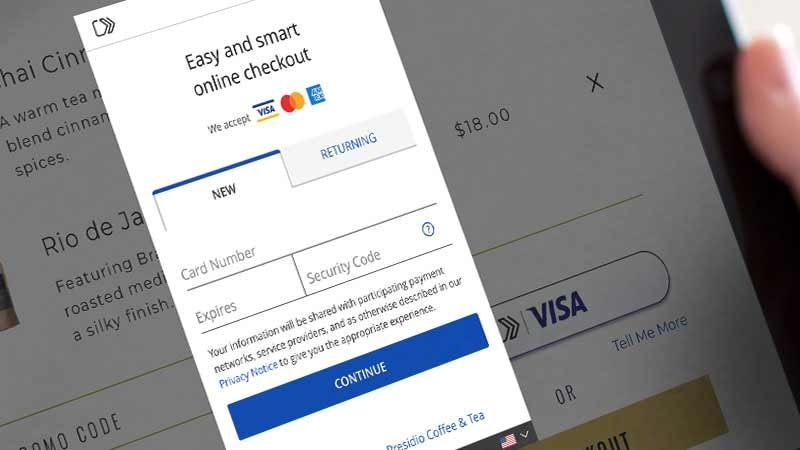
Signing up with Pay.com is the quickest method to set up a payment system and take credit card payments on your new website. Once you’ve completed the simple onboarding procedure, you can create a personalized checkout page that fits your store’s logo. Developers may use Pay.com’s API to completely integrate the payment system into their existing website.
In addition to credit and debit cards, Pay.com allows you to accept a wide range of payment options, including PayPal and digital wallets like Apple Pay and Google Pay. Offering numerous payment options allows you to provide your consumers with a simple and seamless checkout experience.
Establish & Release Marketing Campaign
Now that your grocery store is ready to release, the next stage in a successful launch is to begin a marketing effort. You may use social media marketing, email marketing campaigns, online advertisements, Google Business Profiles, SEO, blogs, and a variety of other techniques to promote your new grocery shop.
Depending on your budget, you may want to try sponsored commercials for more mature audiences both online and on local television. Furthermore, you may try offering special discounts or promotions to pique people’s interest in your shop.
Hire employees

To keep your online grocery shop running smoothly, you may need to hire a variety of personnel. In addition to delivery drivers, you will require several positions like warehouse workers and cleaners, customer service representatives, accounting staff, and administrative personnel. You can also employ a managing director or take up the position yourself.
Some of these positions may be outsourced, so if you don’t want to perform the recruiting yourself, you can contact an agency to discuss your hiring requirements.
Pros & Cons of starting an online grocery business
Below are some of the pros & cons of running your own online grocery business:
Pros
- Be your own superior: Working hard for your own business, setting your own objectives, and reaping the benefits of success may be a satisfying experience.
- Benefit from scalability: You may choose how big your company will be, how many people you want to serve, and what you want to focus. You can sell huge brands to as many people as possible or provide your community with locally grown products.
- Enjoy simple maintenance. A successful online grocery shop relies on an efficient and well-oiled system and operations that operate with minimal effort.
Cons
- Dealing with complicated rules: Food handling is subject to stringent restrictions that include inspections, training, and testing. Trying to cut shortcuts will fail, therefore, putting in the effort is the best course of action.
- Paying investment costs: Before you can begin generating money, you must pay for a variety of expenses, including website charges, storage facilities, and delivery partners.
>>>Maybe you want to know: How To Start An Online Marketing Business In 2025
Start an online grocery business with the Eurus theme
In the process of building your online grocery business, the selection of the right ecommerce platform is critical. Among various types of eCommerce platforms, Shopify is a reliable option to consider, with more than a few million merchants working on it. Once choosing Shopify, you need a theme option to customize your storefront.
There are dozens of e-commerce themes accessible, ranging from low-cost to high-end, including third-party platforms and the Shopify collection, making it tough to pick the ideal one. Choosing a theme that aligns with your brand’s beliefs, budget, and unique demands takes effort and study.

Eurus, a feature-rich Shopify ecommerce theme, might be an ideal option for low-cost merchants looking to create a successful online store. Eurus theme now offers lifetime support, regular updates, and an unlimited trial, allowing you to solve complex requirements for a high-performing store while maintaining constant performance.
Let’s explore some of Eurus’s key features that can support you in building an ideal online grocery business:
Key features
- Shipping & Delivery: The Eurus theme offers several features to support the shopping & delivery activities of your online grocery store, including estimated delivery rate & time, local delivery, and pickup in-store.
- Product filters: Merchants may use this tool to build up various filters for their grocery items, allowing customers to choose the most suited ones.
- Event Calendar: You may link your grocery goods to promotional events such as flash sales, workshops, weekend fairs, and so on to provide a streamlined shopping experience.
- Map section: This functionality is handy for grocery stores that provide both online and physical purchasing choices.
In conclusion
Grocery shopping is a basic human necessity, and individuals are increasingly turning to internet shopping. Despite the abovementioned limitations, the online grocery company idea fits nicely into the existing dynamics. Remember that providing a positive customer experience is critical to business, and a smooth checkout process is a key component of that.
Remember to utilize external resources from online tools, including Shopify apps/ themes like Eurus, to help you customize your grocery business in the most desired way. With a one-time purchase at $240, you can make your grocery business stand out in the crowd with the Eurus theme.

